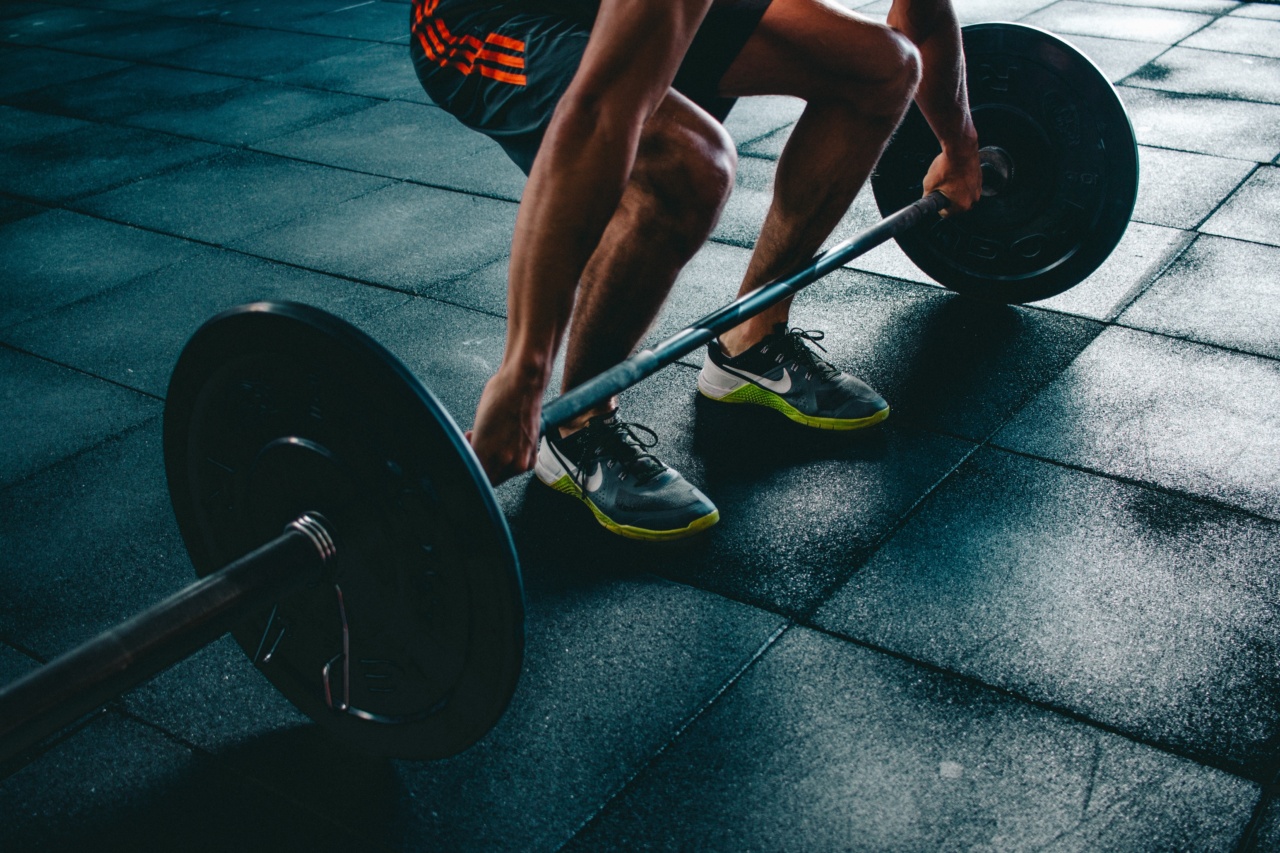Fitness enthusiasts seeking an efficient whole-body workout favor TRX exercises. TRX suspension training uses a set of adjustable straps, anchored to a stable surface, to provide resistance to body weight exercises.
The straps can be modified to challenge specific muscle groups, making them versatile enough for a professional athlete and suitable for a beginner.
1. TRX push-ups for upper body strength
The TRX push-up targets the chest, triceps, and shoulders, providing a compound exercise routine. Just like a traditional push-up, the TRX variant involves extending and flexing the arms, but with the added resistance of the suspension straps.
To perform a TRX push-up, ensure the straps are adjusted to your desired length and entirely secured. Assume the push-up position, with your hands on the handles and your feet on the ground.
Keep your body straight and taut, with your stomach muscles engaged. Slowly bend your elbows and lower your chest towards the ground, until your arms form a 90-degree angle. Once you reach the bottom, push back up to the starting position and repeat 8 – 12 times for optimal results.
2. TRX squats for a lower body workout
For a lower body workout, the TRX squat is ideal as it targets the glutes, quadriceps, and hamstrings. Proper form and technique are essential, just as it would be for a bodyweight squat.
To perform a TRX squat, stand facing the TRX anchor with the handles in each hand. Adjust the straps to your desired length. Take a step back, with your arms extended forward and your feet shoulder-width apart.
Lower your glutes towards the ground while simultaneously raising your arms. Be sure to keep your chest upright, stomach muscles engaged, and your knees in line with your toes. Push back up to the starting position and repeat 8 -12 times.
3. Rows for greater back muscle strength
TRX rows are perfect for developing the back muscles and increase upper body strength. Essentially, the exercise simulates a seated cable row but incorporates the suspension straps.
This exercise targets the trapezius, rhomboids, and latissimus dorsi muscles.
Begin by adjusting the suspension straps and positioning yourself facing the TRX anchor. Hold onto both handles with palms facing each other. Ensure your body is taut, arms extended, and your feet shoulder-width apart.
With your elbows close to your body, pull your arms back to your chest, squeezing your shoulder blades together. Release slowly, and repeat 8 -12 reps.
4. TRX lunges for overall muscle development
The TRX lunge demands strength, stability, and balance. It engages all of your leg muscles, including the glutes and quadriceps. It also challenges the core and aids in strengthening hip joints.
To perform a TRX lunge, face the TRX anchor and hold onto both handles. With one leg forward and the other back, lower your back knee until it almost touches the ground.
Keep the front knee at a 90-degree angle with your foot on the ground the entire time. Rise back to the initial position and repeat 8 -12 times with the opposite leg forward.
Conclusion
The TRX suspension straps offer fantastic benefits; increase muscle strength, endurance, stability, and balance.
To maximize the effectiveness of the above exercises, it’s crucial to maintain proper form, engage your muscles, and increase the repetitions with consistency. Include TRX exercises in your workout routine and watch your fitness level soar.






























